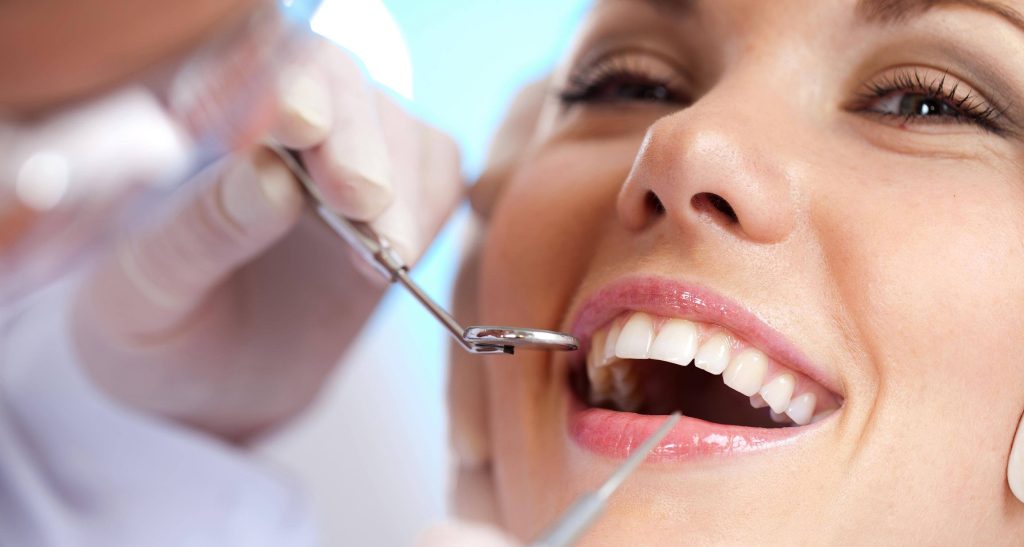Maximizing your dental insurance benefits while minimizing out-of-pocket costs requires careful planning and understanding of your coverage. Dental insurance typically covers preventive care such as cleanings, exams, and X-rays at 100%, encouraging regular visits that can prevent more costly treatments later on. Taking advantage of these covered services not only maintains your oral health but also helps you avoid unexpected expenses. When scheduling dental appointments, timing is crucial. Most insurance plans operate on a calendar year basis, resetting benefits annually. To maximize your benefits, schedule routine cleanings and check-ups early in the year. This approach allows you to address any potential issues promptly and utilize your coverage effectively throughout the year. Understanding the specifics of your dental plan is essential. Familiarize yourself with terms like deductible, copayment, and coinsurance to grasp how costs are shared between you and your insurance provider.

Many plans have a deductible amount that must be paid out-of-pocket before coverage kicks in fully. Once you reach your deductible, your insurance may cover a higher percentage of costs for necessary treatments. Choosing an in-network dentist can significantly reduce your out-of-pocket costs. Dental insurance providers negotiate lower rates with participating dentists, ensuring you pay less for covered services. Before scheduling an appointment, verify if your dentist is in-network to maximize the benefits of your insurance plan. Out-of-network providers may result in higher expenses or require you to cover a larger portion of the costs. Regular communication with your dentist and insurance provider is beneficial. Dentists can help navigate your insurance coverage, recommend treatments that align with your benefits, and provide cost estimates for procedures. Understanding the costs upfront allows you to plan financially and avoid unexpected bills. When considering treatments, prioritize preventive care to avoid more extensive procedures later. Routine cleanings, fluoride treatments, and sealants are often covered and can prevent decay and gum disease. Early detection of oral health issues through regular check-ups can also minimize the need for costly treatments like root canals or crowns.
For treatments beyond preventive care, discuss options with your dentist. Some procedures may have alternative treatments or materials that are partially covered by insurance, reducing your out-of-pocket expenses. Prior authorization may be required for certain treatments, so ensure all paperwork is completed before proceeding to avoid coverage denials. Keep track of your annual maximum benefit. This is the maximum amount your insurance will pay for covered services within a year. Understanding this limit helps you plan for necessary treatments and avoid exceeding your coverage. If major treatments are necessary, consider spreading them across calendar years to maximize coverage and minimize costs and learn more. Lastly, review your dental insurance plan annually. Plans and coverage details can change, so ensure your current plan meets your needs. Compare options during open enrollment periods to potentially find a plan with better coverage or lower costs. By understanding your dental insurance coverage, scheduling appointments strategically, and prioritizing preventive care, you can effectively maximize your benefits and minimize out-of-pocket costs.